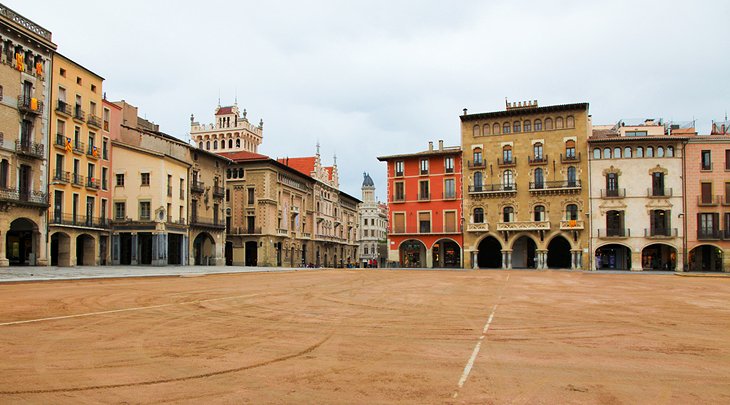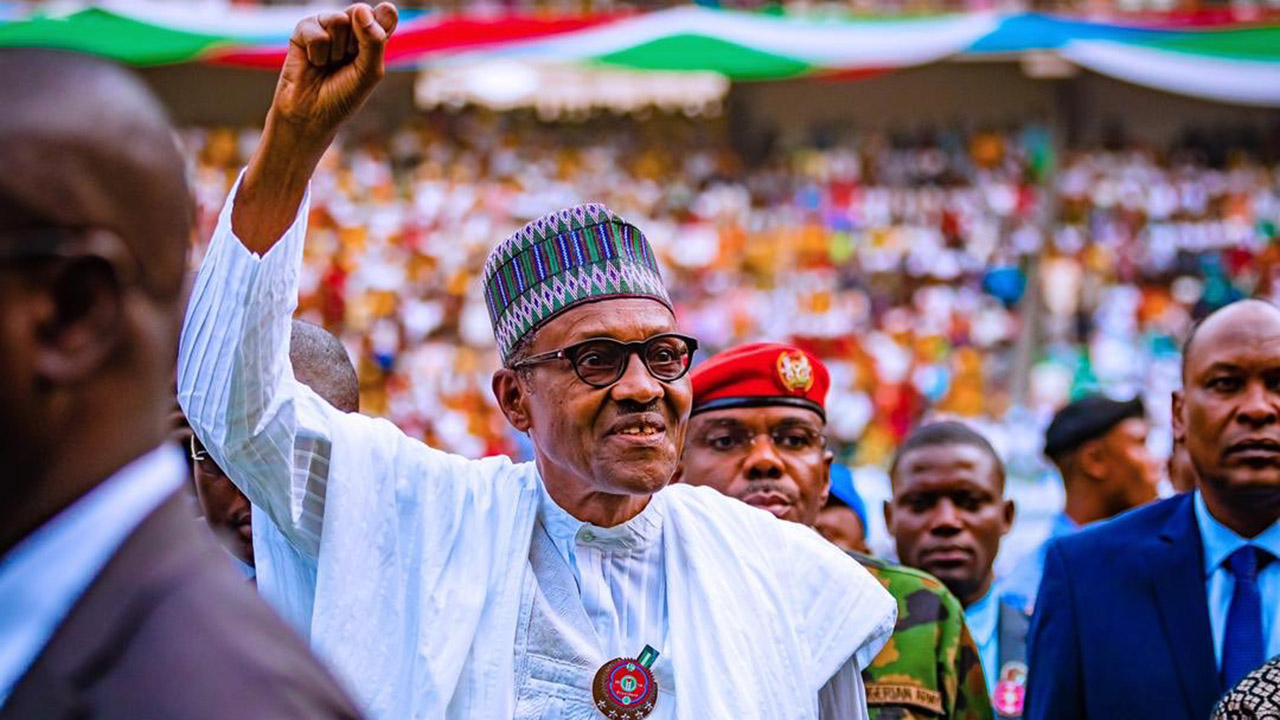The people of Catalonia voted last Sunday to elect new members of parliament and a new leader for the semi-autonomous region. The vote had a 53% turnout, a record low due to the COVID-19 pandemic. The previous elections in 2017 had a 79% turnout.
Early results show that the Republican left (separatists) could be leading in votes.
With more than 99% of ballots counted, the majority of seats in the 135-seat parliament will be shared between the Socialist Party, which won 33 seats, the Republican Left of Catalonia (ERC) with another 33, JxCat with 32, Vox with 11 and CUP with 9. Clearly, the separatists (the Socialist Party, JxCat an CUP) have the lead and may likely form alliances in parliament to produce the next leader for Catalonia. This is the first time the Vox Party will be getting into parliament.
Understanding Catalonia’s Independent State
Catalonia has always wanted to be self-governed, in 2006 the region was granted “nation” status and given the same level of taxation responsibility as the Spanish central government. However, Spain’s constitutional court ruled in 2010 that Catalans are a nationality and not a nation. Growing mistrust in the central government of Spain throughout the eurozone debt crisis in 2014, intensified the push for a referendum of independence.
In 2017, another referendum held yet again, with Unionists leading the votes. This election is special because it could be the turning point for Catalonia and may bring it closer to its dream of being a completely autonomous region as separatists are leading in votes and may likely reopen the conversation about a referendum.
“The country starts a new era with (separatists) surpassing 50% of the vote for the first time…We have an immense strength to achieve a referendum and the Catalan republic,” Party Pere Aragones acting regional chief of the Republican Left told CNN.
In the coming days, it is expected that the separatist parties will come together to form a majority.


